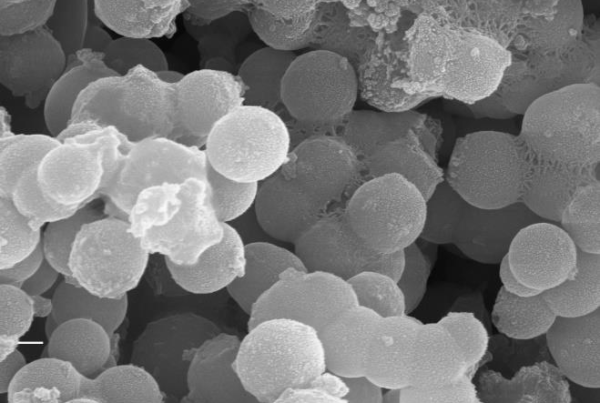by Elsayed, Y., El-Kadi, S., El-Rian, M. and Mabrouk, N.
ABSTRACT
The aim of this study is to evaluate the antimicrobial efficacy of three microbial culture extracts (MCEs) and their mixtures as green and eco-friendly biocides against microbes colonizing historic oil paintings (MCPs). Two case study historic paintings in the Agricultural museums in Egypt were swabbed, many microbes were identified in both objects. Colored and aged painting mock-ups (PMs) similar to the historic paintings were used to assay the antimicrobial efficacy of the MCEs, and their effects on mock-ups contaminated with the three common microbes Escherichia coli (E. Coli), Staphylococcus aureus (Staph.), and Saccharomyces cerevisiae (Sacch.) identified in the case study objects. The study focused on: 1) identifying the biodegradation agents of the historic paintings in the Agricultural museum; 2) the producing three MCEs from Streptomyces griseus, Bacillus subtilis, Penicillium sp., and their mixtures; 3) Cultivation of microbes and evaluation of biocidal activ-ity of MCEs by the agar-well-plate diffusion method; 4) Application the most effective biocides on PMs colo-nized with Escherichia coli, Staphylococcus aureus, and Saccharomyces cerevisiae.; 5) Evaluating the antimicrobial activities of MCEs using different methods, that confirmed the antimicrobial efficacy of crude MCEs, and the better efficacy of their mixtures. Finally, these green and eco-friendly biocides proved promising future in preventing biodegradation of historic paintings.
![]()


